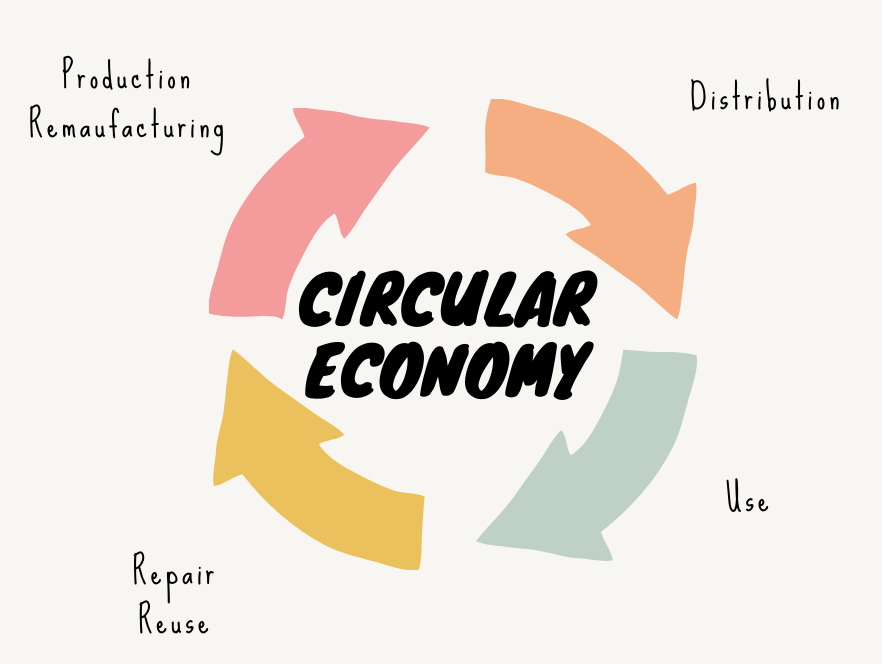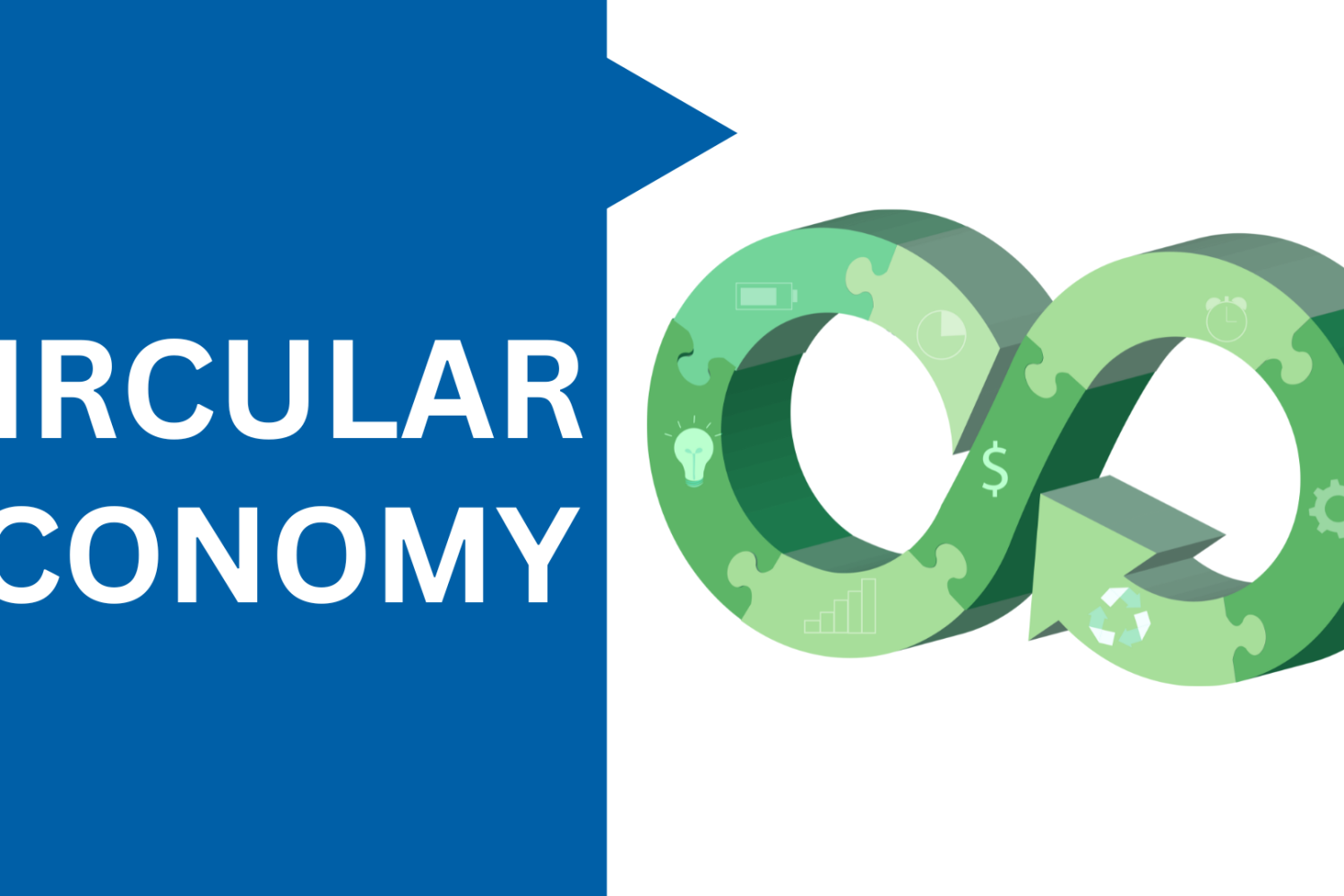Introduction
The world is facing an increasing challenge of plastic waste pollution, with over 8.3 billion tons of plastic produced since the 1950s, and only 9% of that being recycled. This high rate of plastic waste generation and mismanagement is causing severe environmental, health, and economic problems globally. The circular economy is a model that has the potential to revolutionize the way we manage plastic waste. In this article, we will explore how the circular economy is changing the future of plastic waste management.
Understanding the Term
 The circular economy is a model that aims to eliminate waste and pollution by keeping resources in use for as long as possible. The model is based on three principles: designing out waste and pollution, keeping products and materials in use, and regenerating natural systems. This model aims to shift from the traditional linear economic model of take-make-dispose to a closed-loop system where resources are continuously used and waste is minimized.
The circular economy is a model that aims to eliminate waste and pollution by keeping resources in use for as long as possible. The model is based on three principles: designing out waste and pollution, keeping products and materials in use, and regenerating natural systems. This model aims to shift from the traditional linear economic model of take-make-dispose to a closed-loop system where resources are continuously used and waste is minimized.
Benefits of the Circular Economy
The circular economy has several benefits, including reducing resource depletion, minimizing waste and pollution, creating new business opportunities, and reducing environmental impacts. By keeping resources in use, the circular economy model reduces the need for raw materials, which leads to a reduction in resource depletion. Additionally, the model aims to reduce waste and pollution by recycling and reusing materials. This approach also creates new business opportunities by promoting innovation in product design and resource recovery.
Role of Plastic Waste Management
Plastic waste management plays a crucial role in the circular economy by providing a framework for reducing, reusing, and recycling plastic waste. The plastic waste management approach focuses on implementing strategies that aim to reduce plastic waste generation, promote the reuse and recycling of plastic materials, and ensure responsible disposal of plastic waste.
Plastic Waste Management in the Circular Economy
Plastic waste management strategies in the circular economy include closed-loop recycling, design for recycling, and extended producer responsibility (EPR).
Closed-Loop Recycling
Closed-loop recycling is a recycling process that involves recycling waste into new products of the same quality. This process reduces the need for new raw materials and minimizes waste generation.
Design for Recycling
Design for recycling is an approach that involves designing products with the end of life in mind. This approach aims to create products that are easy to recycle and that maintain their value at the end of their life.
Extended Producer Responsibility (EPR)
Extended producer responsibility (EPR) is a policy approach that holds manufacturers responsible for the disposal of their products. This policy aims to encourage manufacturers to design products that are easy to recycle, reduce waste generation, and promote reuse and recycling.
Examples of Companies that have Adopted
Circular Economy Strategies Several companies have adopted strategies to promote plastic waste management. For example, Adidas has developed shoes made from recycled ocean plastic, and H&M has implemented a clothing recycling program that enables customers to drop off their old clothes in-store for recycling.
Challenges of Implementing it in Plastic Waste Management
Despite the benefits of the circular economy, implementing it in plastic waste management faces several challenges, including policy and regulatory challenges, technological challenges, financial challenges, and cultural challenges. Policymakers must develop effective policies and regulations to encourage the adoption of circular economy strategies. Additionally, there is a need for the development of technologies that enable effective recycling and reuse of plastic waste. Financial challenges such as the high cost of recycling and the low value of recycled materials also present a significant challenge. Finally, cultural challenges such as lack of awareness and consumer behavior also present a challenge to implementing strategies.
Conclusion
The circular economy is an innovative model that has the potential to revolutionize the way we manage plastic waste. By promoting reuse, recycling, and responsible disposal of plastic waste, the circular economy model aims to reduce waste generation and promote sustainability.

